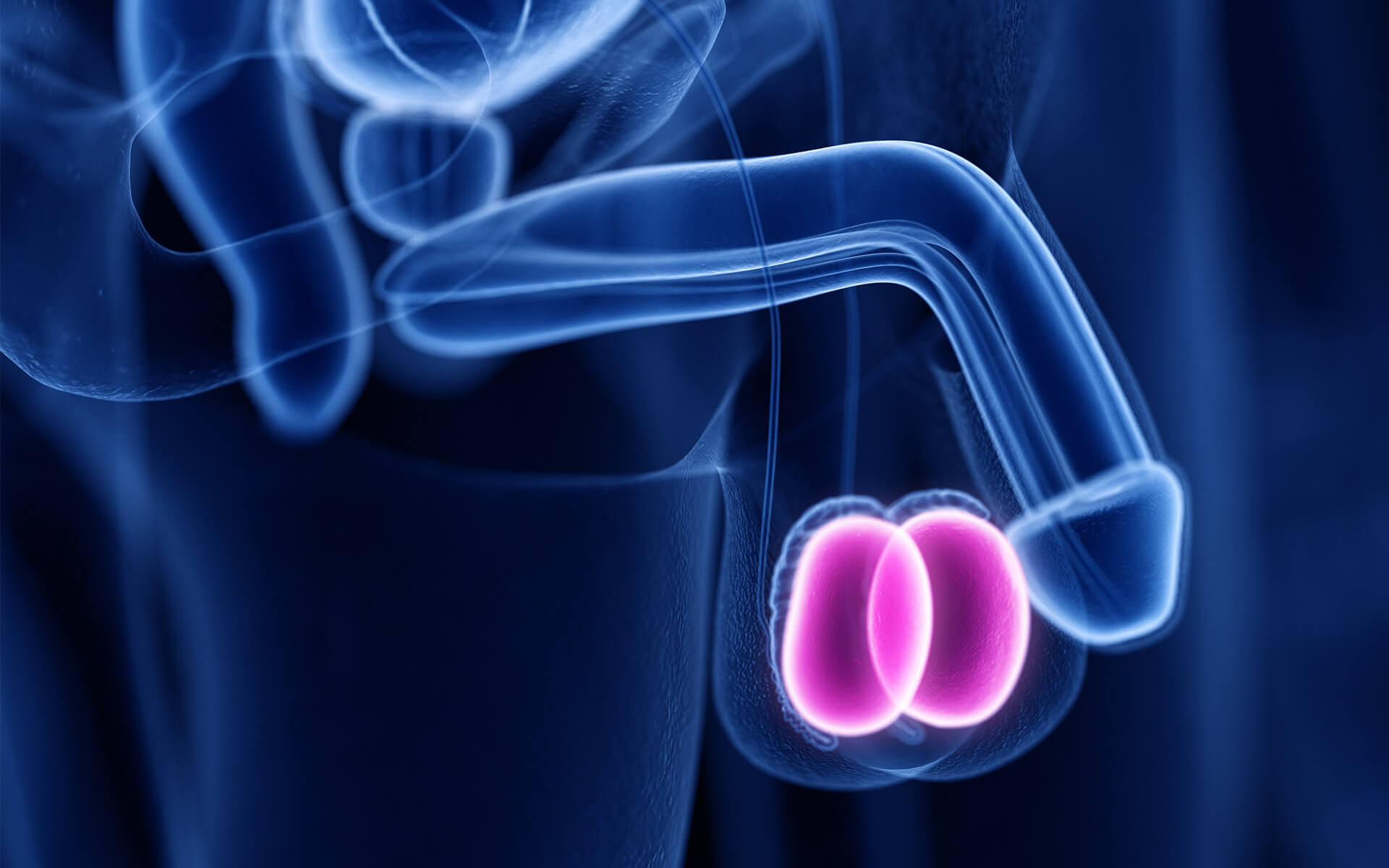
Testicular cancer might sound scary, but understanding it can make a big difference. Did you know that this type of cancer is most common in young men aged 15-35? Early detection is crucial, and regular self-exams can help catch it early. Symptoms often include a lump in the testicle, a feeling of heaviness in the scrotum, or even a dull ache in the lower abdomen. Good news: Testicular cancer is highly treatable, especially when found early. Treatments range from surgery to chemotherapy, depending on the stage. Stay informed, stay proactive, and remember, knowledge is power.
What is Testicular Cancer?
Testicular cancer begins in the testicles, the male reproductive glands located in the scrotum. Understanding this disease is crucial for early detection and treatment.
- Testicular cancer is relatively rare, accounting for about 1% of all cancers in men.
- It is most common in younger men, particularly those aged 15 to 35.
- The exact cause of testicular cancer is unknown, but several risk factors have been identified.
Risk Factors for Testicular Cancer
Knowing the risk factors can help in early detection and prevention. Here are some key risk factors associated with testicular cancer.
- Men with a family history of testicular cancer are at higher risk.
- Having an undescended testicle increases the likelihood of developing testicular cancer.
- Men with HIV/AIDS have a higher risk of testicular cancer.
- Caucasian men are more likely to develop testicular cancer compared to African American and Asian American men.
Symptoms of Testicular Cancer
Recognizing the symptoms early can lead to prompt medical attention and better outcomes. Here are some common symptoms to watch out for.
- A lump or swelling in either testicle is a common symptom.
- A feeling of heaviness in the scrotum can indicate testicular cancer.
- Pain or discomfort in a testicle or the scrotum is another symptom.
- A dull ache in the lower abdomen or groin may be a sign.
- Sudden fluid buildup in the scrotum can also be a symptom.
Diagnosis of Testicular Cancer
Early diagnosis is key to effective treatment. Here are some methods used to diagnose testicular cancer.
- A physical exam is often the first step in diagnosing testicular cancer.
- Ultrasound imaging helps in identifying abnormalities in the testicles.
- Blood tests can detect tumor markers that indicate testicular cancer.
- A biopsy may be performed to confirm the diagnosis.
Treatment Options for Testicular Cancer
Various treatment options are available depending on the stage and type of testicular cancer. Here are some common treatments.
- Surgery to remove the affected testicle is often the first line of treatment.
- Radiation therapy may be used to kill cancer cells.
- Chemotherapy is another option, especially if the cancer has spread.
- Surveillance or active monitoring is sometimes recommended for early-stage cancer.
Prognosis and Survival Rates
The prognosis for testicular cancer is generally good, especially when detected early. Here are some facts about survival rates and outcomes.
- The five-year survival rate for men with testicular cancer is about 95%.
- Early-stage testicular cancer has a nearly 100% five-year survival rate.
- Even when the cancer has spread, the five-year survival rate remains high at around 73%.
Prevention and Awareness
While not all cases can be prevented, awareness and regular self-exams can help in early detection. Here are some tips for prevention and awareness.
- Regular testicular self-exams can help detect abnormalities early.
- Wearing protective gear during sports can prevent injuries that might increase risk.
- Maintaining a healthy lifestyle can contribute to overall well-being and potentially lower risk.
Myths and Misconceptions
There are many myths surrounding testicular cancer. Clearing up these misconceptions can lead to better understanding and awareness.
- Myth: Only older men get testicular cancer. Fact: It is most common in younger men aged 15 to 35.
- Myth: Testicular cancer always causes pain. Fact: Many cases are painless, making self-exams crucial.
Final Thoughts on Testicular Cancer
Testicular cancer, though rare, is a serious condition that affects many men worldwide. Early detection is key to successful treatment. Regular self-examinations and awareness of symptoms can make a huge difference. Remember, lumps, swelling, or pain in the testicles should never be ignored. Consult a healthcare professional if you notice any changes.
Advancements in medical research have significantly improved survival rates, but staying informed and proactive is crucial. Support networks and resources are available for those diagnosed, offering guidance and comfort.
By spreading awareness and encouraging open conversations, we can help reduce the stigma and fear surrounding this disease. Knowledge is power, and sharing it can save lives. Stay vigilant, stay informed, and take charge of your health.
Was this page helpful?
Our commitment to delivering trustworthy and engaging content is at the heart of what we do. Each fact on our site is contributed by real users like you, bringing a wealth of diverse insights and information. To ensure the highest standards of accuracy and reliability, our dedicated editors meticulously review each submission. This process guarantees that the facts we share are not only fascinating but also credible. Trust in our commitment to quality and authenticity as you explore and learn with us.
